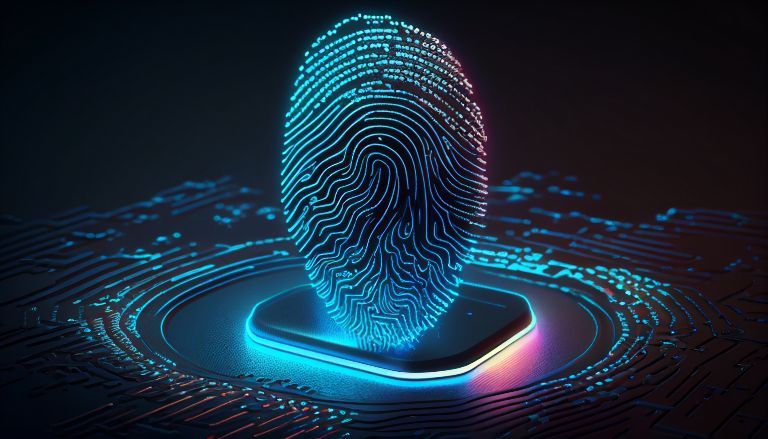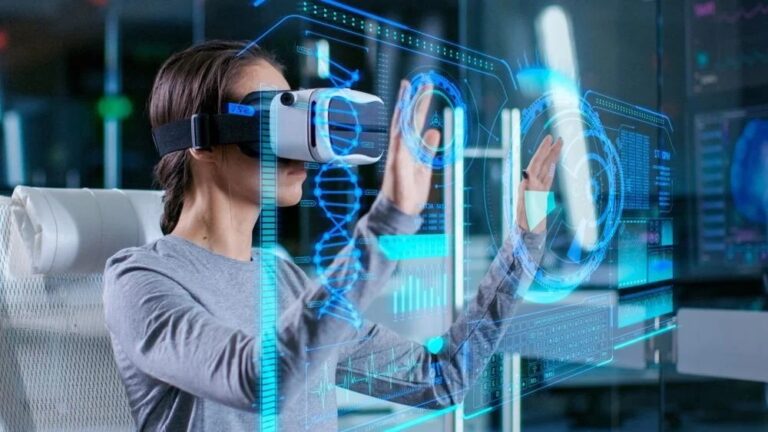Biometric authentication is an advanced technology that uses unique physical or behavioral characteristics to verify an individual’s identity. This article explores the fundamentals, types, applications, benefits, challenges, and future trends of biometric authentication, highlighting its transformative impact on security and user experience in various sectors.
Fundamentals of Biometric Authentication
Biometric authentication leverages biological traits or behavioral patterns that are distinctive to each individual for identity verification. Key components include:
- Biometric Modalities: Physical characteristics such as fingerprints, facial features, iris patterns, palm prints, and behavioral traits like voice recognition, keystroke dynamics, and gait analysis.
- Biometric Sensors: Devices or systems equipped with sensors to capture and digitize biometric data from individuals, ensuring accuracy and reliability.
- Feature Extraction: Algorithms and techniques to extract unique features or templates from biometric data, creating a digital representation used for comparison and verification.
- Matching Algorithms: Comparing captured biometric data with stored templates to determine a match or similarity score, ensuring secure and accurate identification.
Types of Biometric Authentication
- Fingerprint Recognition: Analyzing unique patterns and ridges on fingertips for secure access control and authentication.
- Facial Recognition: Verifying identity by analyzing facial features such as the distance between eyes, nose shape, and jawline using image processing algorithms.
- Iris and Retina Scanning: Examining the unique patterns in the iris or retina of the eye to create a biometric template for identity verification.
- Voice Recognition: Analyzing vocal characteristics, speech patterns, and voiceprints to authenticate users based on their unique voice.
Applications of Biometric Authentication
- Access Control and Security: Securing physical and logical access to buildings, devices, networks, and confidential information based on biometric identification.
- Mobile Devices and Payments: Integrating fingerprint or facial recognition for unlocking smartphones, authorizing mobile payments, and securing digital transactions.
- Border Control and Travel: Enhancing airport security and immigration processes by verifying travelers’ identities through facial recognition or iris scanning.
- Healthcare and Patient Identification: Ensuring accurate patient identification in healthcare settings to access medical records, administer treatments, and prevent identity fraud.
Benefits of Biometric Authentication
- Enhanced Security: Providing stronger authentication than traditional methods (e.g., passwords, PINs) by using unique biological traits that are difficult to replicate or forge.
- Convenience and User Experience: Streamlining authentication processes, reducing the need to remember and manage multiple passwords or credentials.
- Accuracy and Reliability: Offering reliable identification and verification with minimal false acceptance rates (FAR) and false rejection rates (FRR) compared to other authentication methods.
- Fraud Prevention: Mitigating risks of identity theft, unauthorized access, and fraud by ensuring only authorized individuals can access sensitive information or resources.
Challenges in Biometric Authentication
- Privacy Concerns: Addressing concerns about the storage, sharing, and misuse of biometric data, ensuring compliance with data protection regulations (e.g., GDPR, CCPA).
- Accuracy and Performance: Overcoming challenges related to varying environmental conditions, quality of biometric data capture, and performance in diverse user demographics.
- Spoofing and Security Vulnerabilities: Protecting against spoofing attacks using fake biometric data, ensuring robust anti-spoofing measures and biometric liveness detection.
- Interoperability and Standards: Establishing interoperability between different biometric systems, ensuring compatibility across devices, platforms, and authentication methods.
Future Trends in Biometric Authentication
- Multimodal Biometrics: Integrating multiple biometric modalities (e.g., fingerprint + facial recognition) for enhanced accuracy, security, and user convenience.
- Continuous Authentication: Implementing continuous monitoring and authentication based on ongoing biometric data capture and behavioral analysis.
- Blockchain Technology: Leveraging blockchain for decentralized storage and authentication of biometric data, enhancing security, transparency, and user control.
- AI and Machine Learning: Advancing AI algorithms for biometric recognition, pattern recognition, and adaptive authentication based on evolving user behavior and context.
Conclusion
Biometric authentication represents a significant advancement in identity verification technology, offering secure, convenient, and reliable methods for accessing physical and digital environments. As organizations and industries embrace biometrics to enhance security and user experience, addressing challenges related to privacy, accuracy, and interoperability will be essential. By leveraging emerging technologies, adopting best practices in data protection, and prioritizing user-centric design, biometric authentication is poised to play a crucial role in shaping the future of secure identity verification across sectors including finance, healthcare, government, and beyond.





+ There are no comments
Add yours